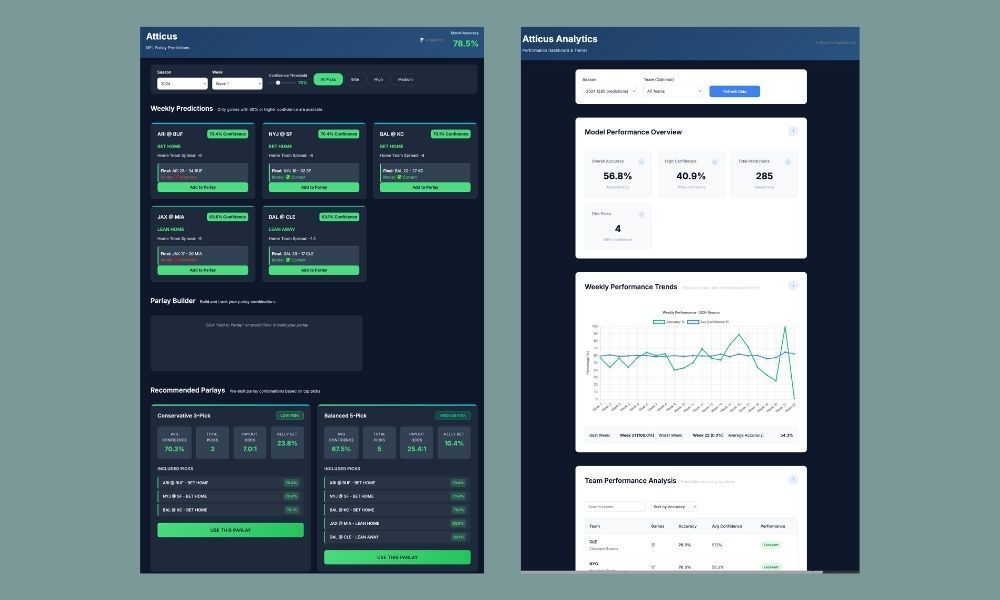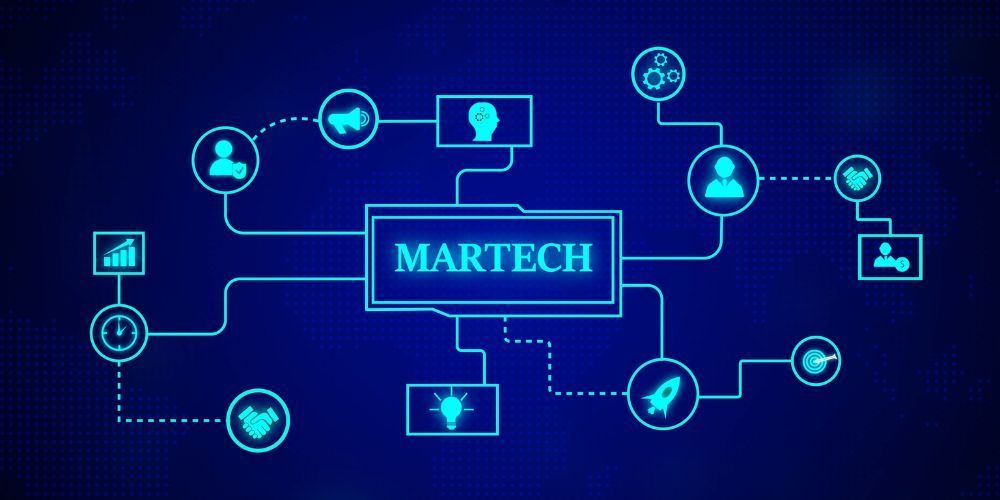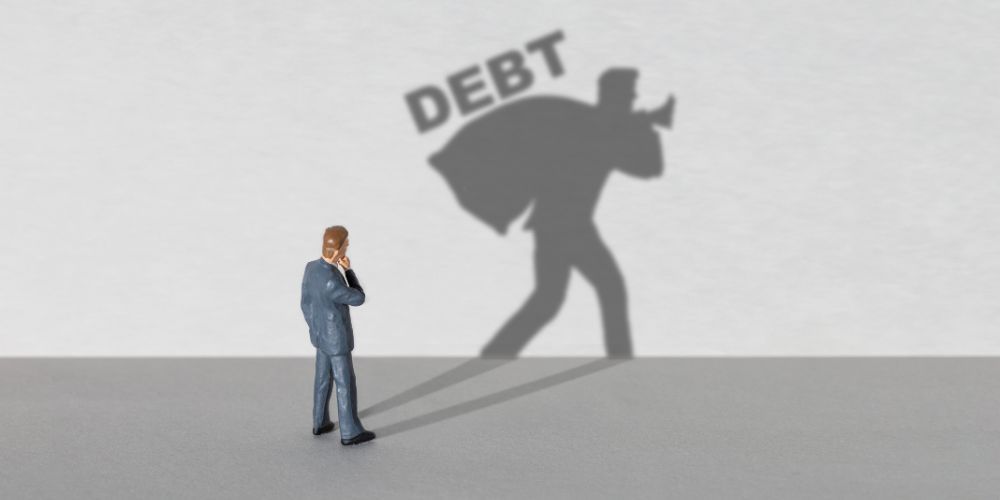How a Simple AI Assessment Revealed My Biggest Strategic Gaps
How 24 questions transformed my approach to AI integration—and why every digital leader needs this strategic mirror
Three months ago, I was consulting with a Fortune 500 client on their AI strategy when I realized something unsettling: I was giving advice on AI readiness without ever systematically evaluating my own.
Sure, I was using AI tools daily. ChatGPT for content strategy, Copilot for technical reviews, Midjourney for creative concepts. I helped clients navigate AI integration challenges and spoke confidently about the future of work. But when Mark Hinkle's AI Readiness Self-Evaluation landed in my inbox via The AI Enterprise newsletter, I decided to put my money where my mouth was.
The results were humbling—and transformative.

The Framework That Changed Everything
This wasn't your typical "Which AI tool should you use?" quiz. Hinkle's evaluation digs into three critical areas that determine your long-term success in an AI-driven economy:
- Background Intake establishes your foundation—skills, experience, and current capabilities.
- Mindset & Adaptability explores how you approach technological change, learn new systems, and handle uncertainty.
- Strategic Fit examines your awareness of automation risks, your value proposition to technical teams, and your ethical framework for AI use.
Twenty-four questions that function as a strategic mirror, reflecting not just what you know about AI, but how prepared you are to thrive alongside it.
The Question That Stopped Me Cold
Most questions felt manageable until I hit this one: "What's your process for evaluating and adopting new tools or systems?"
I sat staring at my screen for five minutes.
My honest answer? Trial and error with a heavy dose of intuition. I'd hear about a tool, experiment with it, and either integrate it into my workflow or abandon it. No systematic evaluation criteria. No risk assessment framework. No documented ROI analysis.
For someone who helps enterprises develop structured approaches to technology adoption, this was embarrassing.
But it got worse.
Three Strategic Gaps I Didn't See Coming
Gap 1: Reactive vs. Proactive Tool Adoption
I thought I was ahead of the curve because I adopted AI tools quickly. The evaluation revealed I was actually reactive—responding to each new tool individually rather than developing a strategic framework for continuous evaluation and integration.
Key Lesson: Being first to try new tools isn't the same as having a strategic approach to technology adoption.
Gap 2: Anecdotal vs. Measurable Impact
I had plenty of stories about how AI improved my work efficiency, but when asked for specific examples of using data to improve workflows, I struggled to provide concrete metrics. I knew AI was helping, but I couldn't prove exactly how much.
Key Lesson: In an AI world, your ability to demonstrate measurable value becomes your competitive advantage.
Gap 3: Tool Mastery vs. Strategic Integration
I was focused on becoming proficient with AI tools when I should have been developing frameworks for helping organizations integrate AI strategically. I was thinking like a power user instead of a strategic advisor.
Key Lesson: AI readiness isn't about knowing the latest tools—it's about translating AI capabilities into business outcomes.
The Strategic Shift That Followed
The evaluation didn't just diagnose problems—it pointed toward solutions that have fundamentally changed how I approach AI.
From Intuitive to Systematic Tool Evaluation
I now use a three-factor framework for assessing new AI tools:
- Business Impact Potential: What specific problems could this solve?
- Implementation Complexity: What resources and changes are required?
- Risk Factors: What are the potential downsides or failure modes?
This systematic approach has saved me hours of unproductive experimentation and helped me identify tools with genuine strategic value.
From Stories to Data-Driven Case Studies
I'm now documenting specific metrics from AI implementations: time saved, engagement improvements, cost reductions, and quality enhancements. This documentation serves dual purposes—it helps me optimize my own processes and provides concrete examples for client conversations.
From User to Strategic Integrator
Instead of positioning myself as someone who uses AI tools effectively, I focus on helping organizations develop AI integration strategies that align with their broader digital transformation goals.
Why This Matters for Digital Leaders
If you're in a leadership role—whether as a CDO, head of digital, or strategic consultant—this evaluation reveals something critical: technical proficiency with AI tools is table stakes. The real differentiator is strategic thinking about AI integration.
The leaders who will thrive in an AI-driven economy aren't just those who adopt AI first, but those who develop systematic approaches to:
- Evaluating emerging technologies against business objectives
- Measuring and communicating the impact of AI initiatives
- Translating technical capabilities into strategic advantages
- Building organizational capacity for continuous adaptation
The Complete AI Readiness Framework
Here's the full evaluation you can use to assess your own strategic AI readiness, cut and paste int Chat GPT, Claude, Grok, Gemini, or your favorite AI tool.
**AI Readiness Self-Evaluation Interview***
Conducted by an AI Expert, Employment Specialist, and Futurist*
> Disclaimer:
This interview is designed to help you evaluate your readiness for an AI-driven future. It is not intended to offer prescriptive career advice. Instead, it provides a structured way for you to assess your current trajectory, identify areas for growth, and understand how your skills and mindset align with a rapidly changing technological landscape.
>
---
**Step 1: Background Intake**
Let’s begin by gathering your professional background.
1. What is your full name and current job title?
2. Please share your LinkedIn profile URL.
3. Summarize your current responsibilities in 2–3 sentences.
4. What industries have you worked in over the past 5–10 years?
5. What is your highest level of education, and what did you study?
6. List 3–5 core hard and soft skills central to your role.
7. Are there any career achievements or milestones you’re particularly proud of?
---
**Step 2: AI Readiness Interview**
These questions will help explore your mindset, adaptability, and strategic fit for an AI-integrated future of work.
1. How do you stay current with emerging technologies, especially AI?
2. What’s the last new skill you learned, and why did you pursue it?
3. How do you typically approach unfamiliar or fast-changing technologies?
4. What’s your process for evaluating and adopting new tools or systems?
5. Have you used any AI tools (e.g., ChatGPT, Copilot, Midjourney) in your work? If so, how?
6. Describe one repetitive task in your current job that you think could be automated.
7. Which tasks in your role do you believe are most susceptible to automation in the next 2–3 years?
8. Can you give an example of using data or metrics to improve a decision or workflow?
9. When working with technical or AI-oriented teams, what value do you bring?
10. Which human strengths do you think will become*more* important as AI grows in use?
11. How do you handle collaboration between technical and non-technical stakeholders?
12. How do you identify and act on innovation opportunities in your role?
13. If AI significantly impacted your current role, what adjacent roles or industries would you explore?
14. What performance metrics or outcomes do you track to gauge your success?
15. If your job were replaced by AI tomorrow, what would you do next?
16. What risks or ethical concerns do you have about AI’s impact on your industry?
17. How do you ensure that AI is used responsibly in your organization or team?
---
**Step 3: Structured Review and Analysis**
After the interview, responses should be analyzed in the following format:
```xml
<analysis>
- Background Summary: Key points from job, education, skills, and experience
- Response Review: For each question, summarize the answer and assess its relevance to AI adaptation
- Industry Outlook: Identify how AI is expected to impact the interviewee’s domain
- Skills Mapping: Show how their strengths either complement, enhance, or risk redundancy in relation to AI systems
</analysis>
```
---
**Step 4: Final Evaluation and Recommendations**
Deliver your summary using the format below:
Employee AI Evaluation
1. Summary of the Interviewee’s Background
2. Assessment of Current Relevance in an AI-Driven Economy
3. Recommendations
a. Strengths: 3–5 core capabilities that remain valuable
b. Areas for Improvement: 3–5 gaps to address
c. Future Opportunities: 2–3 resilient or emerging roles
d. Action Plan: 4–6 practical steps to increase AI-aligned value
4. Conclusion: Outlook on adaptability, risk, and long-term relevanc
My Results: A Strategic Reality Check
After completing the evaluation, here's what I discovered about my AI readiness:
Strategic Strengths
- Deep hands-on experience across multiple AI platforms
- Proven ability to translate between technical and business stakeholders
- Track record of helping organizations navigate technological change
- Clear metrics for measuring impact and ROI
- Strong ethical framework for responsible AI implementation
Critical Gaps
- Tool evaluation process lacked systematic criteria
- Limited documentation of concrete AI implementation ROI
- Reactive rather than proactive approach to emerging technologies
- Insufficient focus on organizational change management for AI adoption
Strategic Opportunities
- Fractional CDO roles focused on AI integration strategy
- AI governance and policy development consulting
- Building scalable frameworks for enterprise AI adoption
- Training and education around strategic AI implementation
The Path Forward: From Assessment to Action
Taking this evaluation was just the beginning. The real value comes from developing an action plan based on your results. Here's the framework I'm using:
Immediate Actions (Next 30 Days)
- Document current AI tool usage with specific metrics
- Develop systematic criteria for evaluating new technologies
- Create a knowledge base of AI implementation case studies
Medium-term Development (Next 90 Days)
- Build expertise in AI governance and risk management
- Develop training materials for organizational AI adoption
- Establish thought leadership around strategic AI integration
Long-term Strategic Positioning (Next 12 Months)
- Position as a strategic AI integration advisor rather than just a tool user
- Build partnerships with AI vendors and implementation specialists
- Develop scalable methodologies for enterprise AI transformation
Why Every Digital Leader Needs This Mirror
The pace of AI development means that what feels like competency today might be obsolescence tomorrow. This evaluation provides something invaluable: a structured way to assess not just where you are, but where you need to go.
The questions will make you uncomfortable. They should. Discomfort is where strategic insight lives.
More importantly, this framework helps you move from reactive AI adoption to proactive AI strategy—the difference between using AI tools and creating sustainable competitive advantage through AI integration.
Take the Test, Face the Mirror
Whether you're confident in your AI readiness or concerned about falling behind, this evaluation offers something rare: honest feedback about your strategic preparedness for an AI-driven future.
The best time to assess your AI readiness was last year. The second-best time is now.
Don't wait for AI disruption to find you. Use frameworks like this to find it first.
How often should I reassess my AI readiness, and what factors should trigger a new evaluation?
I recommend conducting a full AI readiness assessment every six months, given the rapid pace of AI development. However, trigger a reassessment immediately when: your role responsibilities significantly change, your industry faces new AI disruption, you're considering a career transition, or major AI breakthroughs occur in your field. Additionally, if you notice gaps between your AI capabilities and those of peers or competitors, that's a clear signal to reevaluate your strategic position.
What if my evaluation reveals significant gaps in my AI readiness—should I panic or pivot immediately?
Discovering gaps isn't cause for panic—it's valuable strategic intelligence. Most professionals have significant AI readiness gaps because the technology is evolving faster than traditional learning and development cycles. Focus on addressing the most critical gaps first: those that directly impact your current role's value proposition. Develop a 90-day action plan targeting your biggest strategic vulnerabilities while building on your existing strengths. Remember, awareness of gaps puts you ahead of leaders who haven't assessed their readiness at all.
How can I use these results to position myself more strategically within my organization or in the job market?
Use your assessment results to identify where your AI capabilities create unique value for your organization. If you scored well on strategic integration but poorly on technical skills, position yourself as the bridge between technical teams and business objectives. If you're strong on ethics and governance, become your organization's AI responsibility leader. Document specific examples of how your AI readiness translates to business outcomes, and use these in performance reviews, internal presentations, and external networking. Your assessment results become the foundation for a more strategic personal brand in an AI-driven economy.
Author: William Flaiz















